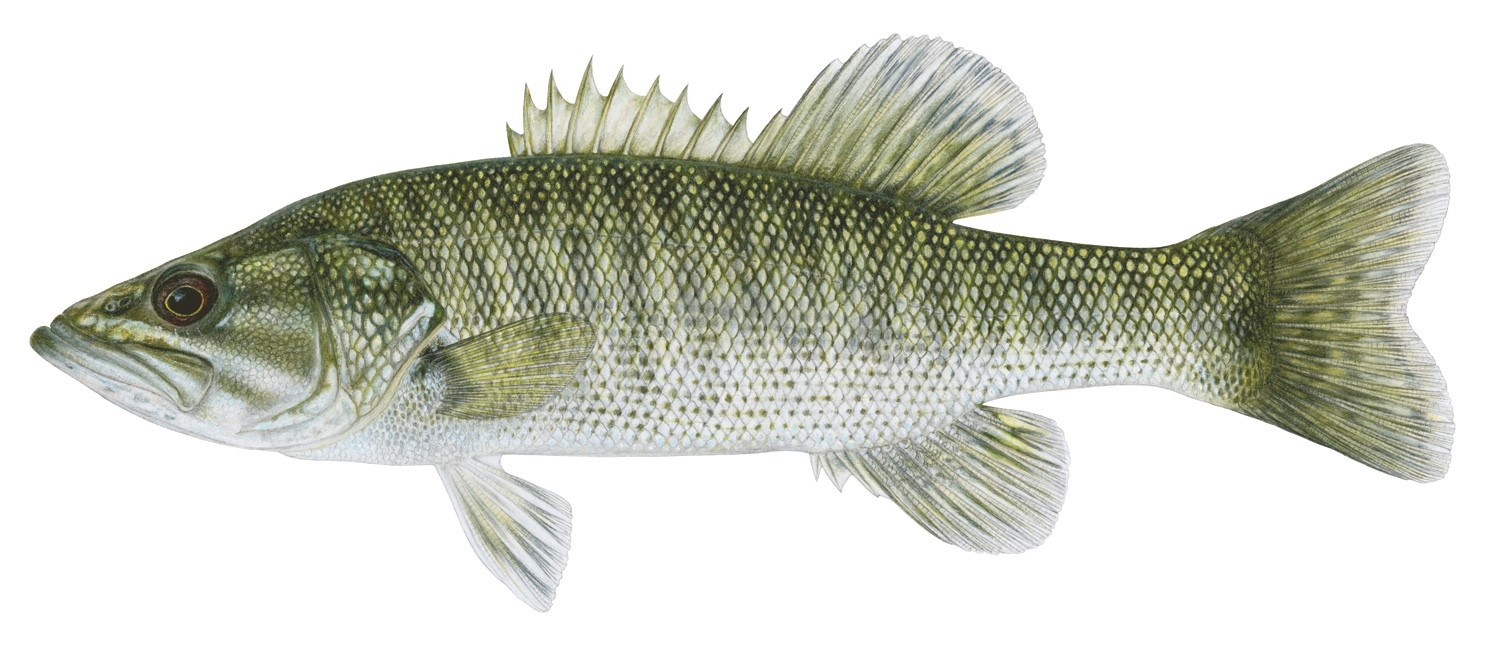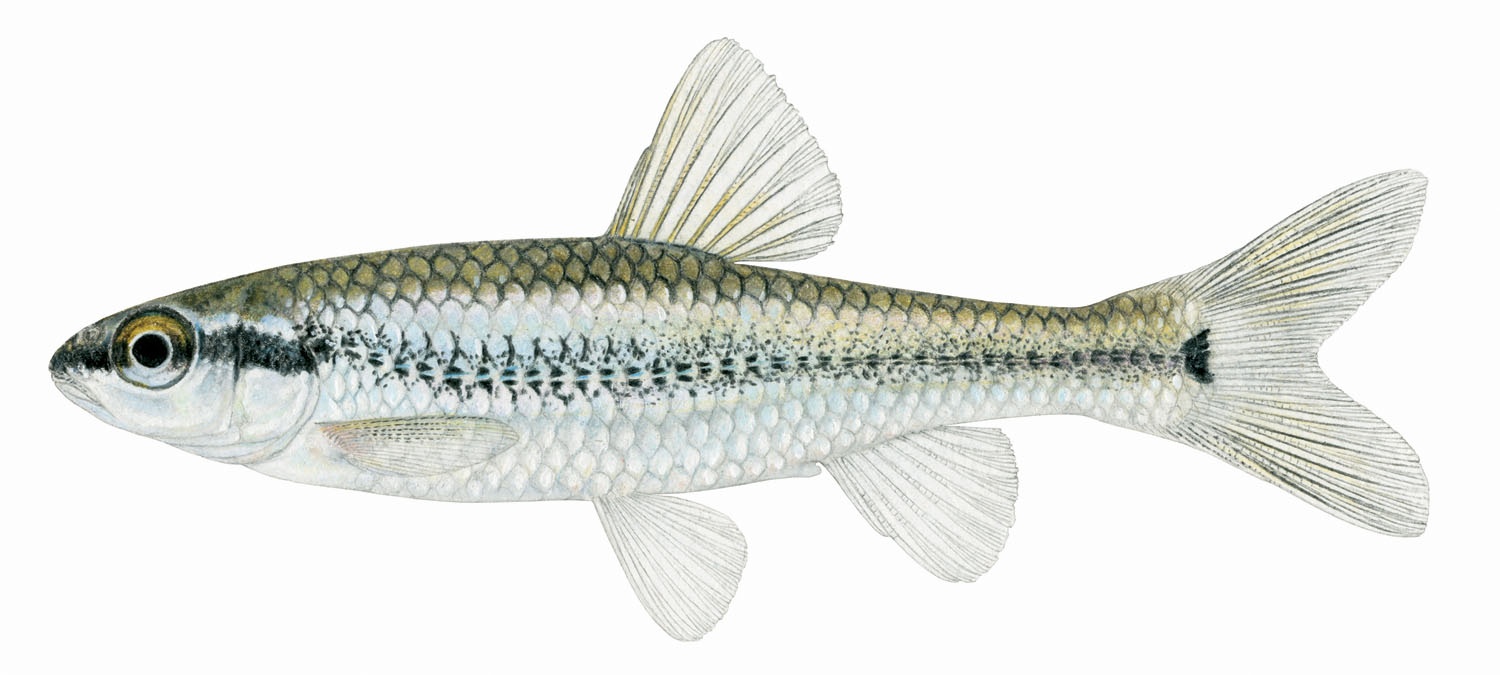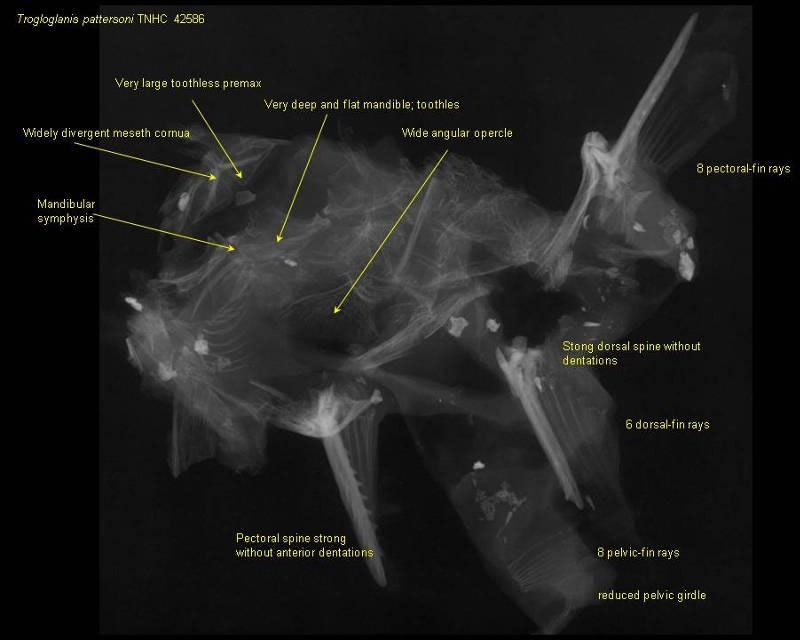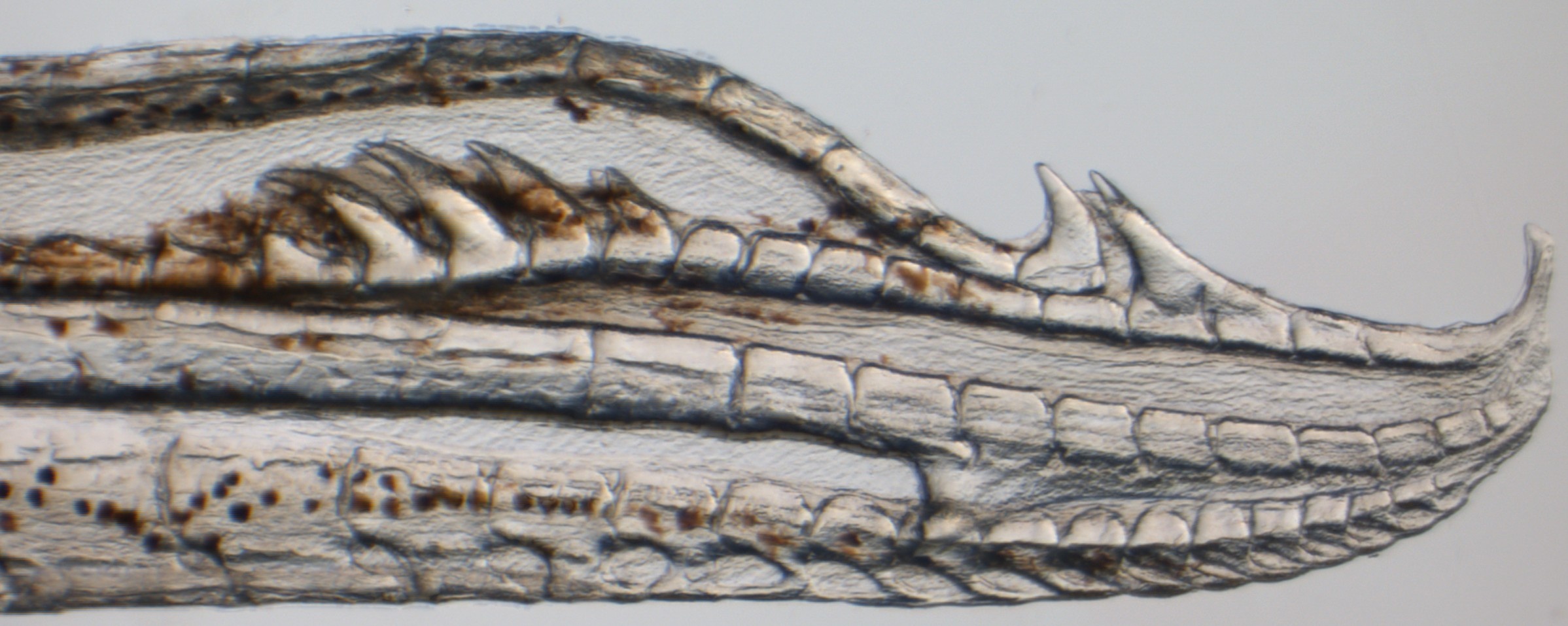Welcome to the Fishes of Texas Project Documentation
Page History
...
We provide hundreds of excellent illustrations by Joseph Tomelleri who painstakingly creates them on the basis of measurements, meristics, and color photographs taken of live specimens at the time of collection. Visit his website for permission to use any of his illustrations.
Responsive image
Responsive image
Responsive image
Responsive image
X-Rays
We provide high quality x-rays (most produced using equipment at The Academy of Natural Science in Philadelphia) of many catfish specimens some of our records (mostly catfish from the western drainages of Texas). These x-rays are important since catfish identification is often dependent on osteological characters. We also provide x-rays of examples of all of Texas' Poeciliid species.
Responsive image
Responsive image
Responsive image
Responsive image
Photographs
Live Fishes in Natural Habitats
We provide Garold Sneegas' in situ photographs of fishes in their natural habitats taken using scuba and snorkeling equipment.
Responsive image
Responsive image
Responsive image
Responsive image
Specimens
Whole Specimens and Jar Contents
...
For some species we have also taken and provide close-ups of critical anatomical features useful for identification. In the near future these photos will be incorporated into our identification keys.
Responsive image
Responsive image
Responsive image
Responsive image
Responsive image
Responsive image
Gonopodia of all Texas' Gambusia Species and many other Texas Poeciliids
Brian Langerhans at North Carolina State University provided excellent high resolution photographs of most of Texas' Poeciliids, including gonopodial (male anal fin) anatomy details. For many Poeciliids gonopodium structure is critical for positive identification to the species level.
Responsive image
Responsive image
Habitats
Collectors often take photographs of the habitats from which they collect specimens. Unfortunately, there is not a strong tradition of such photos being deposited in museum archives and associated with specimens collected at the same time and place. Digital photography, however, now facilitates deposition in collections of photos along with specimens, and it is also easily possible to scan potentially very valuable historic photographs to digital formats and retrospectively re-associate them to the specimen records.
Unfortunately, we currently have very few fish habitat photos in this website, but are anxious to build our collection, especially of historic photos. We especially encourage collectors who have deposited specimens in collections to now contribute any photos they may have taken during those collecting events. We encourage users to these and other collecting event photos to us via e-mail with date, photographer and detailed location information. Later versions of the website will allow users to make uploads of such photos without going through Fishes of Texas staff.
Responsive image
Responsive image
Responsive image
Responsive image
Ancillary Documentation from Museum Archives
...
Most ichthyologists (and "ologists" of other disciplines) take notes on their field activities at the time of collection and deposit them in museums together with their specimens. We have scanned all field notes for Texas collections that are deposited in our own (TNHC) collection, and photographed, scanned or obtained many from other museums to result in a now large and continually growing collection of fieldnotes provided through this site.
Responsive image
Responsive image
Jar Labels
Specimen jars in museum collections usually include labels made by the original collectors and others generated via the accession/cataloging phase of processing them into collections. Others may add labels with determination notes and/or other useful comments when they subsequently examine specimens. It is not unusual to discover information on jar labels that is not recorded in museum catalogs. Unfortunately, many kinds of labels degrade over time, so as we examine specimens we attempt to photograph all jar labels and link those photos to our database records. Some examples of jar label photos follow.
Responsive image
Responsive image
Responsive image
Responsive image
Time-lapse occurrence videos
We produced species occurrence accumulation video-maps depicting collection history in decadal increments, plotted against a background of all records in the database, for most species in the Fishes of Texas database. The videos incorporate occurrences that have been subjected to our extensive verification/editing steps including specimen re-determinations (see how we processed data). Videos start in 1830 to incorporate date uncertainty of some records (see how we processed dates). Indicated year is the first of each decade. Small gray dots are all samples of all species and larger colored dots are occurrences of this species: red = 'suspect' - likely error in species determination or locality; green = 'verified' - species determination verified by specimen inspection by FoTX staff; blue = 'un-verified' by FoTX but no obvious reason to doubt. These videos, when available, are on our species accounts pages and best accessed from our Checklist tab. Below is a screen capture from the video of Erimyzon sucetta for the decade of 1990.











